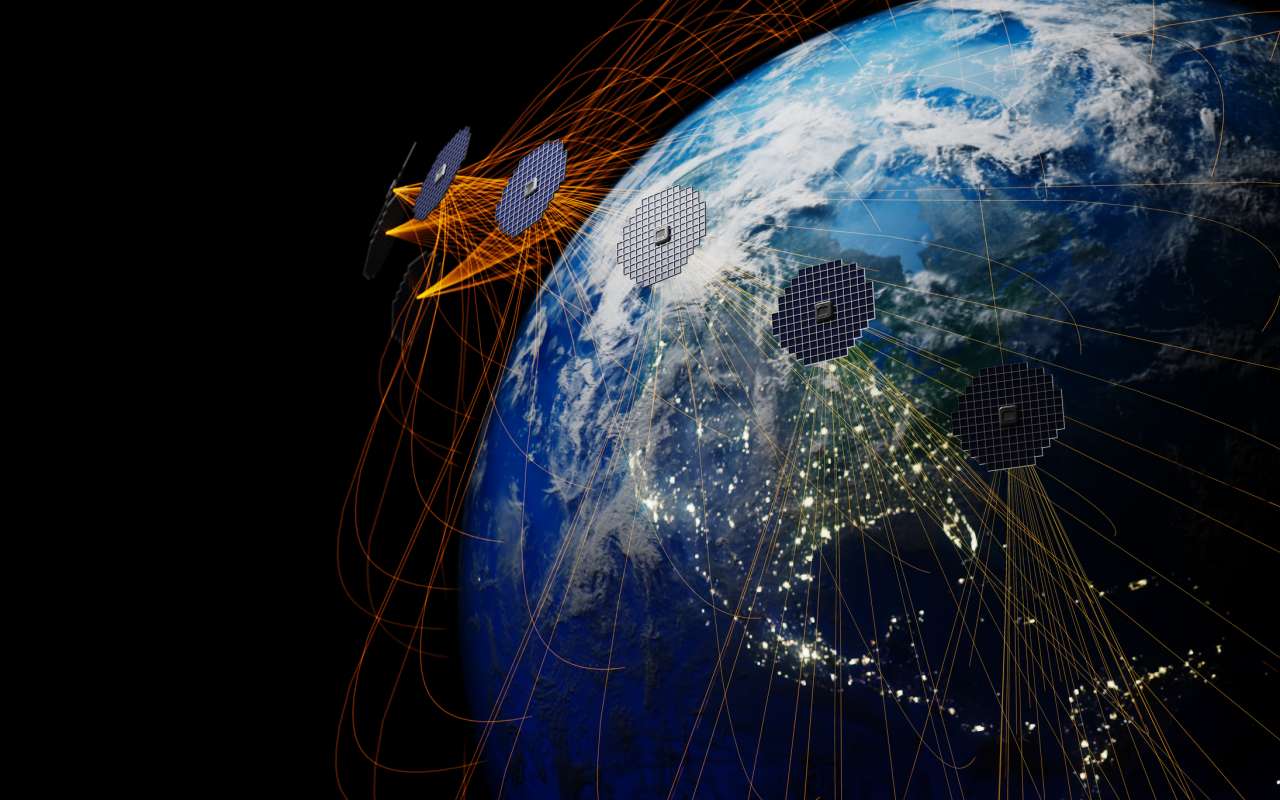The overall wireless usage has continued its steady growth in 2025 and is not planning on slowing down anytime soon. Americans continue to take advantage of wireless communications as people become more reliant on smartphones and other wireless-connected devices such as smartwatches, tablets, and even cars. Wireless carriers continue to report an uptick in usage times, which is a call for improvements in the already-strained telecom networks and a sign that more partnerships with satellite companies are needed to keep up with the demand.
Satellite-to-mobile technology is already successfully implemented and is reducing stress on traditional ground networks. T-Mobile recently started a collaboration with Starlink, and the CTIA reported that over half a million messages and over a hundred wireless Emergency Alerts were distributed during the latest hurricanes and wildfires across the USA. Verizon and AT&T are also experimenting with the integration of satellite technology.
Key takeaways
- All three major carriers are continuing to experience an increase in wireless usage in 2025
- T-Mobile first deployed a widely available satellite-to-mobile technology powered by Starlink
- Both Verizon and AT&T are experimenting with the integration of satellite technology and offer similar services
- Improvements in wireless technology infrastructure and partnerships with companies that offer satellite-to-mobile solutions are necessary to meet customer demand
- WhatsApp, AccuWeather, X, and AllTrails will soon be accessible via satellite internet
Will wireless usage slow down in 2025 and 2026?
It’s highly unlikely for wireless usage to decrease in 2025. People are becoming increasingly reliant on connected devices, and the demand for more wireless communications is likely to increase. The need for reliable communications becomes evident not only during rush hour but also when natural disasters hit and incapacitate local critical infrastructure. People’s demand for more data will continue to rise, and satellite internet will be of crucial importance during disasters.
Who is the frontrunner in the satellite-to-mobile race right now?
T-Mobile is the wireless network that is the current frontrunner in the satellite-to-mobile implementation. The company struck a deal with Starlink and, after six months of beta testing, presented what they call “T-Satellite”. The service utilizes over 650 Starlink satellites that enable some T-Mobile users with newer phones to communicate with the rest of the world, even in areas with no regular coverage.
Does the satellite technology come with limitations?
It does come with limitations, as not all smartphones can take advantage of it. Only newer smartphone models are compatible with the latest technology, which is, in some cases, limited to a specific type of wireless device, such as Android. While Verizon and AT&T have also recently confirmed partnerships with Starlink, they have also been experimenting with other solutions over the last few months. These alternatives were not able to provide satellite connections to Apple users. Luckily, both carriers are catching up well, as the solution became available to Apple users, too.
How are increased wireless usage expectations going to be met in the future?
As people continue to upgrade their devices, more and more folks will have access to satellite wireless communication. Starlink is also continuously deploying more and more satellites to Earth’s lower orbit. Wireless carriers are undoubtedly going to continue to improve their on-ground infrastructure, too.
What type of data can be transferred from mobile to satellite connections?
Main priority is given to communication during natural disasters and SOS communications. Currently, messages-to-911 and direct-to-cell messaging services are available. However, by the end of the year, more apps will be adjusted so they can be utilized in areas with no regular wireless coverage. The list of applications that will likely be satellite-data friendly includes apps such as AllTrails, AccuWeather, WhatsApp, and even X.
The improvements and availability of satellite technology do not mean that we will see the end of wireless dead zones. However, the recent market improvements indicate that the industry is moving in the right direction, with an increasing number of solutions being introduced worldwide and satellite connections becoming more mainstream. However, being connected all the time, without any exceptions, also means that hackers could target anything anywhere… even if you are in the middle of nowhere, you could still potentially be a target of a cyberattack or government surveillance as your devices continue to be connected. Being prepared and ready to fight back against cyber criminals with antivirus software tools continues to be a must.
